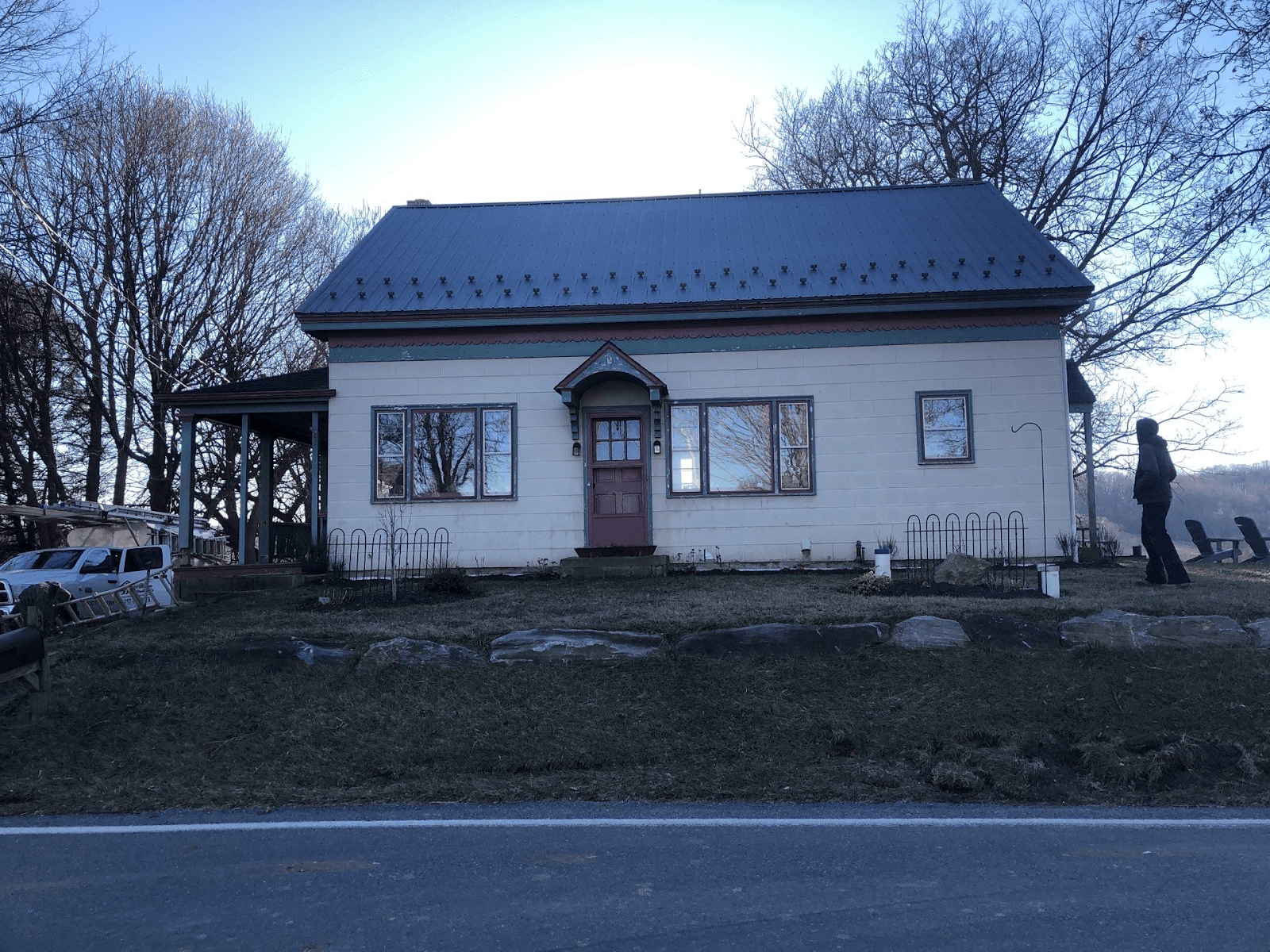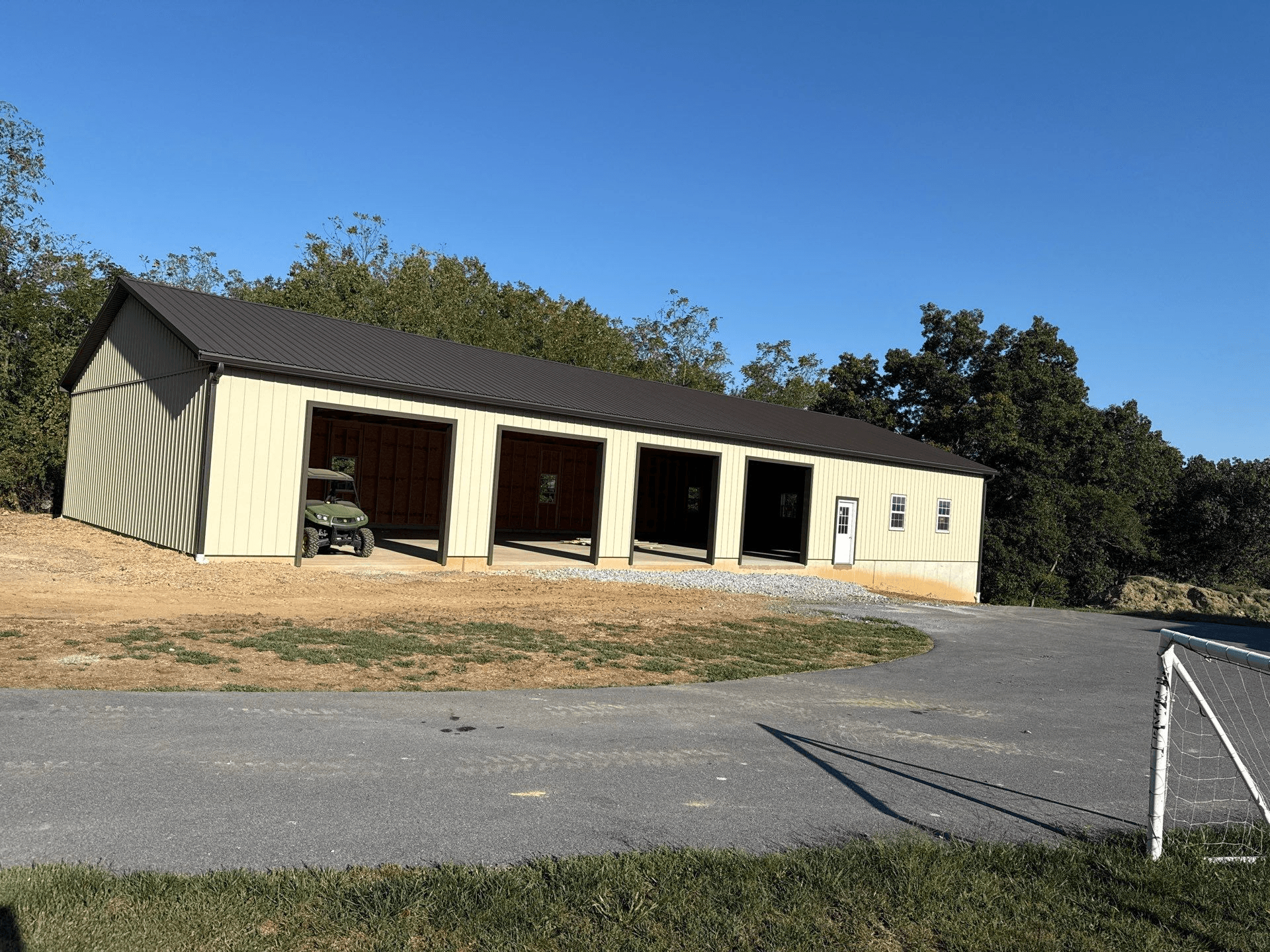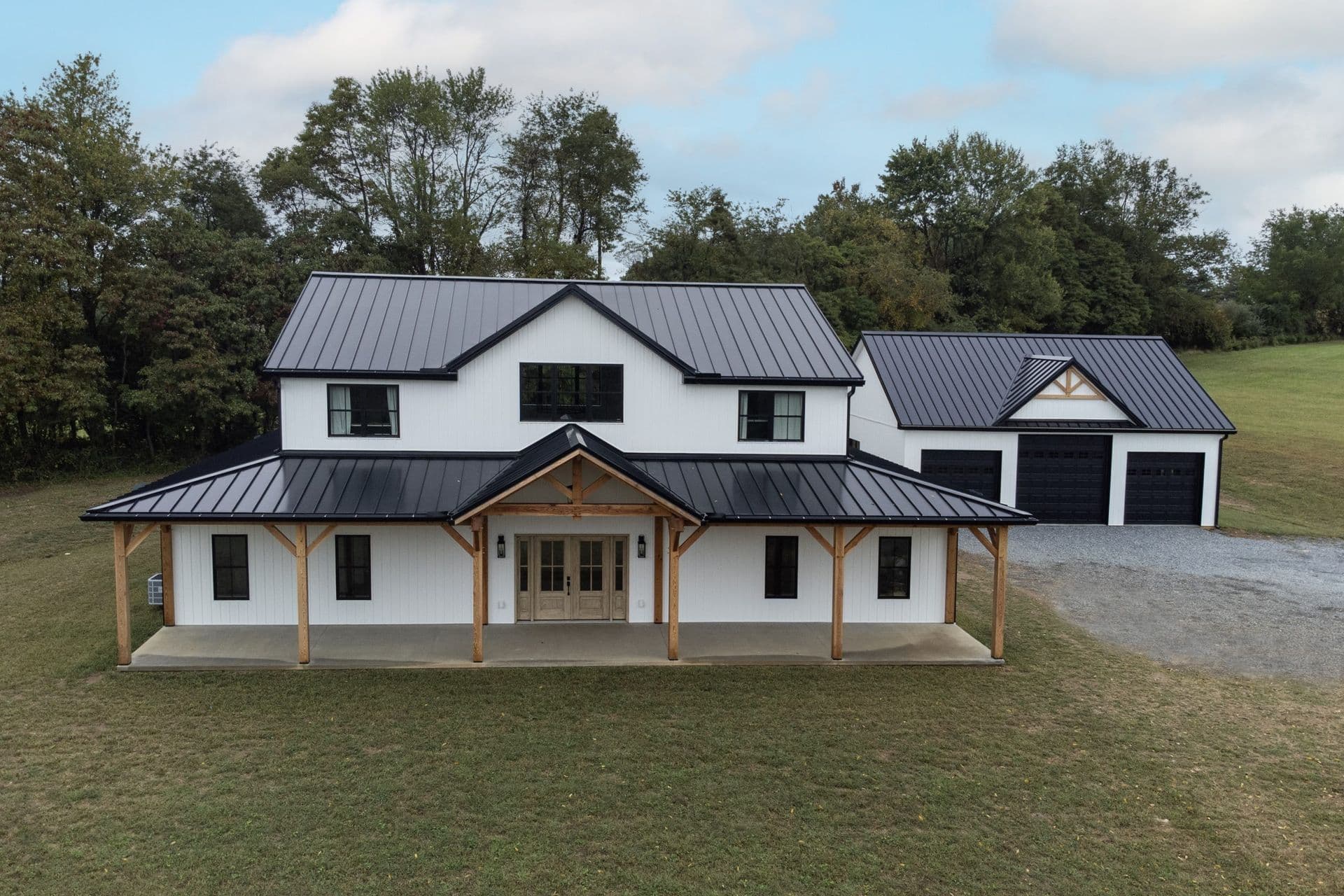
Energy-Efficient Building Tips for Pennsylvania Homeowners
Pennsylvania homeowners pay up to 15% more on their energy bills. Energy efficient home improvements could substantially cut these costs. Our state’s extreme weather – from freezing winters to humid summers – creates unique challenges for home energy systems.
Homeowners often ask us about energy efficient home improvements. These upgrades cut energy use while keeping homes comfortable. A detailed set of improvements can change your Pennsylvania home’s energy profile. Options range from proper insulation to ENERGY STAR appliances. Many residents don’t know that state programs make grants accessible to more people.
Table Of Contents
- Understanding What Makes a Home Energy Efficient
- Top Energy-Efficient Building Tips for Pennsylvania Homes
- Financial Incentives and Rebates Available in Pennsylvania
- Planning for Long-Term Energy Savings
- FAQs
JJ's Builders has helped countless Pennsylvania homeowners lower their utility bills. Our strategic collaborations have boosted property values through targeted efficiency upgrades. The right energy-saving improvements deliver year-round comfort. They also shield your wallet from rising energy costs, whether you build new or renovate.
This piece shares expert tips custom-made for Pennsylvania’s climate. You’ll learn about available rebates and discover which upgrades give you the best return on investment.

Understanding What Makes a Home Energy Efficient
Building an energy-saving home starts with understanding how energy conservation and environmentally responsible design work together. Our experience as Pennsylvania builders shows how good energy planning cuts utility bills throughout our state’s changing seasons.
What are energy efficient home improvements?
Energy efficient home improvements reduce energy use while making your home more comfortable. These upgrades create a well-insulated, properly ventilated structure that wastes less energy.
The quickest ways to improve your Pennsylvania home’s energy efficiency include:
- High-performance insulation that creates a thermal envelope around your living space
- Energy-efficient windows and doors that prevent heat transfer
- Modern HVAC systems with high SEER ratings that use less energy
- Air sealing to eliminate drafts and unwanted air movement
- Energy-efficient appliances and lighting that consume less electricity
- Smart home technology for optimal temperature and energy management
These improvements work together as one system. To name just one example, see how even the best heating system won’t perform well if your home lacks proper insulation or has air leaks. This systems-based approach truly defines energy efficient home improvement.
How energy efficiency is measured in homes
Knowing how we measure energy efficiency helps you choose upgrades that give the best results. Common measurements include:
Home Energy Rating System (HERS) – This standard rates your home’s energy efficiency on a scale where lower scores mean better performance. New homes typically score around 100, while older homes might reach 130 or higher. High-efficiency homes can score 70 or below.
Energy Star certification means homes must be 10% more efficient than code-built homes, with independent verification.

Energy audits show exactly where energy escapes by using blower door tests, infrared cameras, and duct leakage testing. These expert reviews pinpoint areas that need work.
Pennsylvania homeowners need these measurements because our climate requires efficient heating in winter and cooling in summer.
Common myths about energy-efficient buildings
Wrong ideas about energy efficiency often stop homeowners from making smart improvements. Here’s the truth behind common myths:
Energy efficient homes cost substantially more to build.
While upfront costs run 2–5% higher, utility savings usually cover these costs within 3–7 years. State programs often offer rebates.
Energy efficient homes feel drafty and cold.
Well-designed efficient homes provide steady temperatures and better comfort by eliminating cold spots and drafts.
Window replacement alone will dramatically improve efficiency.
Windows typically improve efficiency by only 10–15%. Air sealing and insulation often yield greater savings.
Energy efficiency means sacrificing design and aesthetics.
Modern energy-efficient materials and systems can work with any architectural style without affecting appearance.
Historic homes can’t be made energy efficient.
Historic homes can become more efficient while preserving their character through careful planning and special techniques.

Top Energy-Efficient Building Tips for Pennsylvania Homes
Pennsylvania’s four distinct seasons create unique challenges for homeowners who want to cut energy costs. Our team has worked on countless properties throughout the state and discovered the best upgrades that deliver results in our local climate.
1. Upgrade to high-performance insulation
Quality insulation serves as the foundation of any home energy improvement project. Your attic should be the first priority in Pennsylvania’s climate since up to 30% of heating costs can escape through a poorly insulated roof. On top of that, exterior walls with proper R-values for our climate zone cut energy loss significantly during summer and winter.
2. Install energy-efficient windows and doors
Old windows and doors let heat escape from your home. New double or triple-pane windows with low-E coatings and good weatherstripping can lower your heating bills by 15-20%. Fiberglass doors work better than wood in Pennsylvania’s climate because they insulate better and don’t warp during humid summers.
3. Use ENERGY STAR-rated appliances
ENERGY STAR appliances use 10-50% less power than regular models. Our Pennsylvania projects show that new refrigerators, washing machines, and HVAC systems pay for themselves quickly. Local utility companies often offer rebates for these energy-saving home improvements.
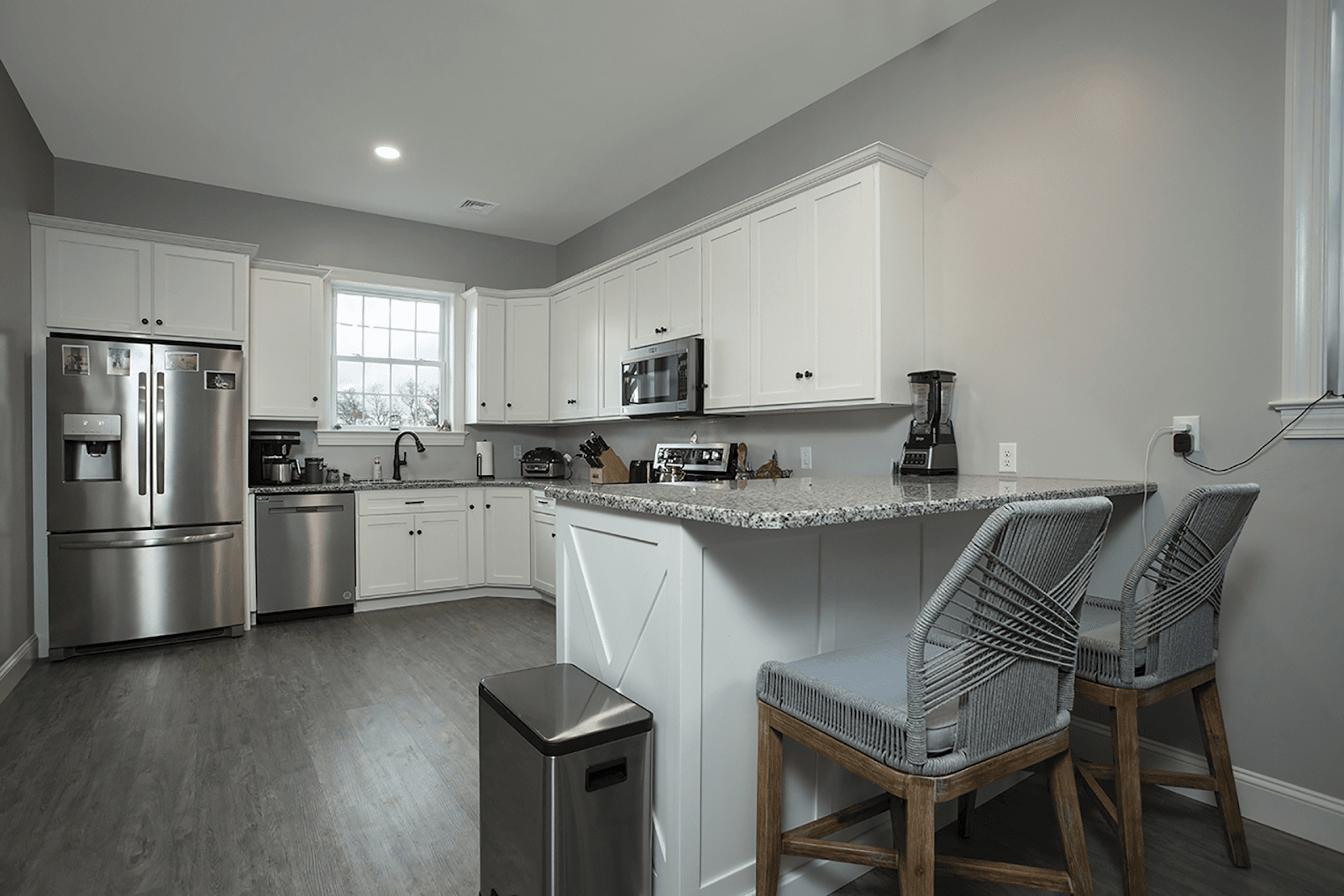
4. Seal air leaks and improve ventilation
Air leaks waste 25-40% of heating and cooling costs in many Pennsylvania homes. You’ll save money right away by sealing gaps around windows, doors, vents, and electrical outlets. Notwithstanding that, good ventilation remains crucial – balanced systems like heat recovery ventilators bring in fresh air while keeping heat inside during winter.
5. Switch to LED lighting throughout the home
LED bulbs cut lighting energy use by 75% compared to incandescent ones. These bulbs last 25 times longer than traditional options, which makes them perfect for Pennsylvania homes with high ceilings or hard-to-reach fixtures.
6. Think over solar panels or geothermal systems
Solar panels typically pay for themselves within 7-10 years through savings and incentives, even with Pennsylvania’s changing weather. Geothermal systems excel here by using steady underground temperatures to heat homes in winter and cool them in summer efficiently.
Financial Incentives and Rebates Available in Pennsylvania
Pennsylvania homeowners can save money on energy-efficient home improvements. Many financial incentives make these upgrades cost less than you might think. Let’s look at the money-saving programs you can use right now.
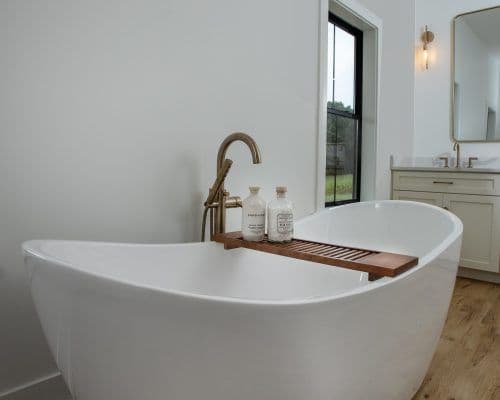
Grants for energy efficient home improvements
Pennsylvania has several grant programs that cut down the cost of energy upgrades. The Pennsylvania Housing Finance Agency’s Homeowners Energy Efficiency Loan Program (HEELP) helps qualified homeowners upgrade their homes. The Weatherization Assistance Program also provides free weatherization services to low-income residents.
Our team has helped countless clients get these grants. They usually cover basic improvements like insulation, air sealing, and HVAC upgrades. These grants make expensive projects possible, especially in older homes.
Rebates for energy efficient home improvements
You can save money right away with rebate programs on efficiency upgrades. Pennsylvania utility companies give substantial rebates when you install energy-efficient equipment. These programs help pay for:
- High-efficiency heating and cooling systems
- Smart thermostats and home energy management systems
- Water heating equipment
- Insulation and air sealing measures
You can get anywhere from $100 for small upgrades to thousands of dollars for complete system replacements. Remember that certified contractors must install most rebated equipment. That’s where our expertise comes in handy.
Federal tax credits and local utility programs
The federal government rewards energy efficiency through tax credits for qualified improvements. Right now, you can claim credits when you install solar panels, geothermal heat pumps, and energy-efficient windows and doors.
Pennsylvania’s local utilities run their own efficiency programs too. They offer energy audits, direct installation services, and equipment rebates that work alongside state and federal incentives.
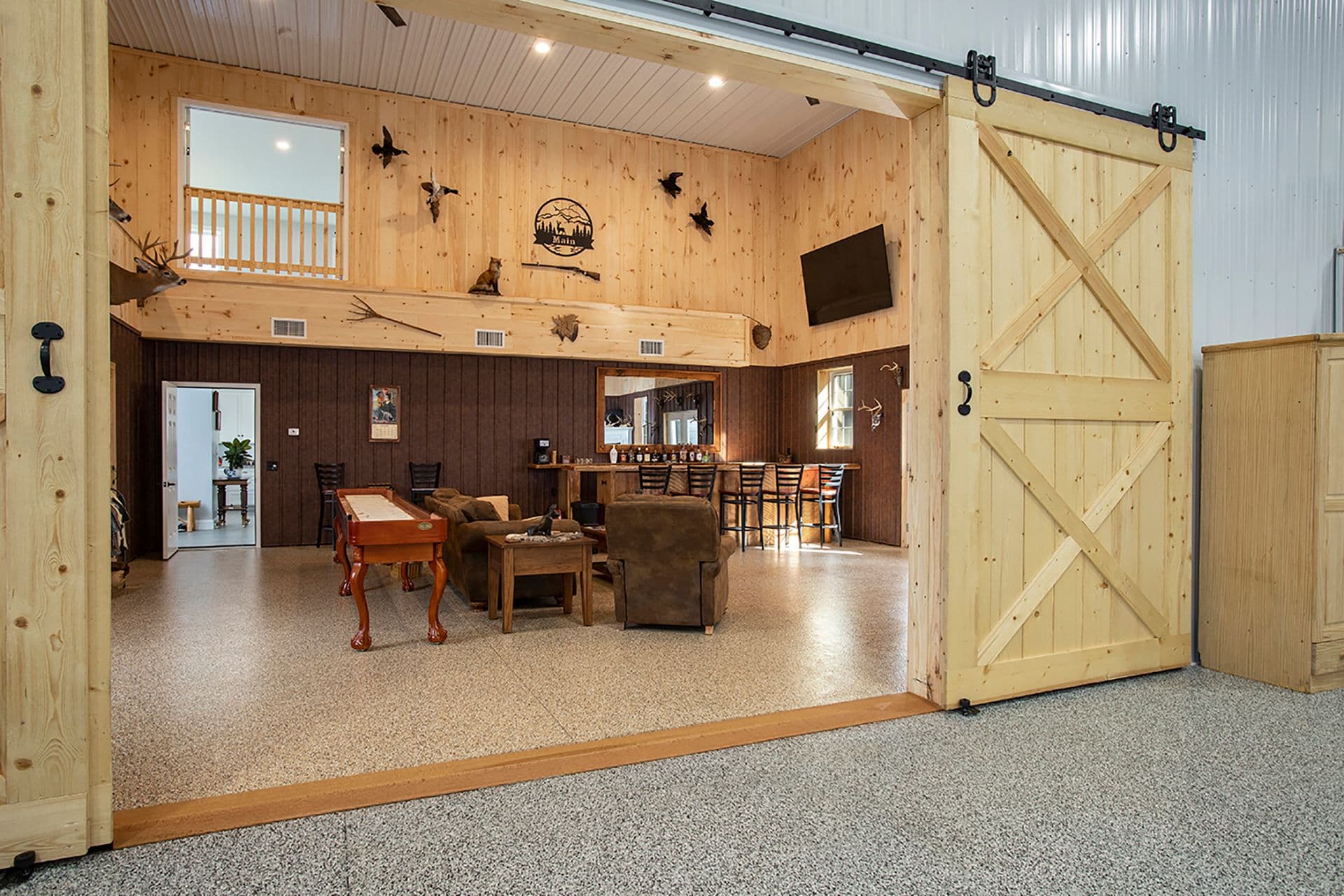
Custom builders like us help clients get the most from these financial opportunities. By combining these incentives, you can cut project costs by 30-50%. This makes energy efficiency upgrades more available to the average Pennsylvania homeowner.
Planning for Long-Term Energy Savings
Energy efficiency isn’t just another trend – it’s a smart long-term investment for Pennsylvania homeowners. This piece outlines practical ways to change your property into an energy-efficient haven, even with our challenging climate.
Your success starts with knowing what makes energy improvements work. A systematic approach works best. You’ll get the best results when you combine proper insulation, efficient windows, modern HVAC systems, and full air sealing. Complete improvements create a home that works efficiently as one system, rather than focusing on single upgrades.
Money savings go way beyond your monthly utility bills. Energy-efficient homes sell for more and keep you comfortable during Pennsylvania’s freezing winters and humid summers. Many grants, rebates, and tax incentives are available to more people now. These incentives cut down your original investment costs by a lot.
Our team at JJ Builders has seen how energy-efficient upgrades change Pennsylvania homes firsthand. Our clients are amazed at the comfort difference right away, even before they see lower utility bills. The homeowners who get the best results take advantage of financial incentives while planning their efficiency strategy.
Each energy-efficient improvement helps create a greener future while making your home healthier and more comfortable today. These upgrades give you both quick and lasting benefits that make the investment worth it, whether you’re building new or fixing up an existing property.
Ready for the next step? Book a professional energy audit to spot your home’s efficiency opportunities. This full picture helps you prioritize improvements based on your specific needs and budget. You can then create a plan that makes the most of available incentives while saving energy in your Pennsylvania home.
Energy efficiency doesn’t mean giving up comfort or good looks. In stark comparison to this, the right improvements make your home more enjoyable while protecting your wallet from rising energy costs for years ahead.
FAQs
What are the most effective energy-efficient improvements for Pennsylvania homes?
The most effective improvements include upgrading to high-performance insulation, installing energy-efficient windows and doors, using ENERGY STAR-rated appliances, sealing air leaks, improving ventilation, switching to LED lighting, and considering solar panels or geothermal systems.
How can Pennsylvania homeowners save money on energy-efficient upgrades?
Homeowners can take advantage of various financial incentives, including state grants, utility company rebates, federal tax credits, and local utility programs. These can significantly reduce the cost of energy-efficient improvements, sometimes by 30-50%.
What is the Home Energy Rating System (HERS) and why is it important?
The HERS is an industry standard that evaluates a home’s energy efficiency on a scale where lower scores indicate better performance. It’s important because it helps homeowners understand their home’s efficiency level and identify areas for improvement.
Are energy-efficient homes more expensive to build?
While initial costs may be 2-5% higher, energy-efficient homes typically recoup these costs through utility savings within 3-7 years. The long-term savings and increased comfort often outweigh the initial investment.
How does proper insulation impact energy efficiency in Pennsylvania homes?
Proper insulation is crucial in Pennsylvania’s climate, particularly in attics where up to 30% of heating costs can escape. It creates a thermal envelope around the living space, significantly reducing energy transfer during both winter and summer months.
JJ's Builders – Experts in Energy-Efficient Homes Across Pennsylvania
→ Build smarter with energy-saving strategies tailored to your home
→ Transparent process, experienced team, and sustainable craftsmanship
→ Maximize comfort, minimize costs — without compromising style
Start your energy-efficient project today →
⭐⭐⭐⭐⭐ Trusted by homeowners across the Carolinas for reliable, high-quality work
Related articles
Ready to Build? Here’s How to Prep Like a Pro
How to Plan the Perfect Post Frame Builder for Your Property
Ready to start your next custom build?
Recent Posts
When it comes to designing your dream barndo, custom home, garage, or post-frame structure, one...
Metal roofing has become the top choice for Lancaster County homeowners and farmers. Traditional asphalt...
Why do property owners choose pole barns as their go-to construction option? Space constraints and...
The first step is a phone consultation.
If needed, we will meet with you in person as well!


Contact Us

Monday-Friday 8:00 am - 4:30 pm


